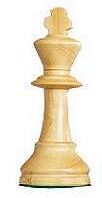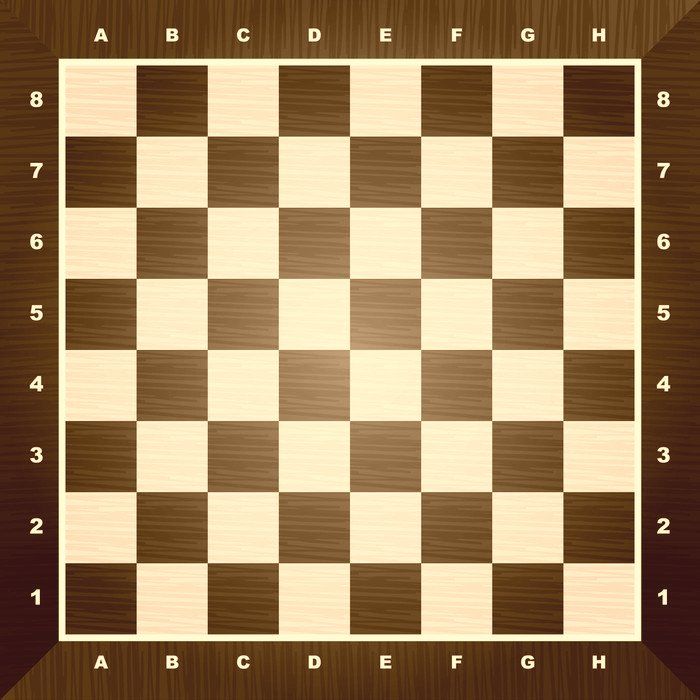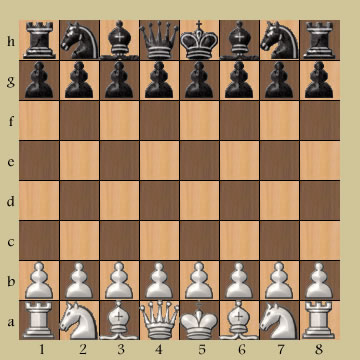Origins
Chess, as we know it today, originated from an ancient game called chaturanga, created in India around the 6th century AD.
Chaturanga was played on an 8x8 board and featured pieces with functions similar to those of modern chess. From India, the game spread to Persia, where it evolved into shatranj. It later reached the Islamic world and, through the Iberian Peninsula, made its way to Europe during the Middle Ages.
Modern chess began to take shape in the 15th century in Spain and Italy, with changes in rules, particularly regarding the queen's movement, which previously could only move one square diagonally. Additionally, pawns were not allowed to capture en passant.
Castling was introduced during the 15th century as part of the reforms that transformed medieval chess into its modern form.
The current version of chess was standardized mainly in the 19th century with the unification of its rules.
Pieces and Movements
Pawn: 1 Point

The pawn is the weakest piece in chess. It can only advance one square forward but may move two squares on its first move. Pawns capture diagonally and can perform an en passant capture if an opponent's pawn moves two squares beside it. Despite its weakness, the pawn can become a significant threat: if it reaches the opposite end of the board, it is promoted to any piece of the player's choice, usually the queen, turning it into a powerful weapon.
Bishop: 3 Points

The bishop can move any distance diagonally but only on squares of its starting color. A light-square bishop always remains on light squares, while a dark-square bishop stays on dark squares. Its movement is restricted compared to other pieces, and its value is similar to the knight.
Knight: 3 Points

The knight is also valued at 3 points, though some consider the bishop stronger depending on the game's position. For example, two bishops are typically stronger than two knights, but a queen and knight pair is often more effective than a queen and bishop. The knight is the only piece that can "jump" over others. It moves in an "L" shape, consisting of two squares in one direction and one square perpendicular to it.
Rook: 5 Points

The rook is the second-strongest piece in chess. It moves in straight lines—vertically or horizontally—over any distance but cannot jump over other pieces.
Queen: 9 Points

The queen is the most powerful piece in the game, combining the movements of a rook and a bishop. It can move in any direction over any distance but cannot jump over pieces like the knight. While generally valued at 9 points, some consider it worth 10 points due to its versatility.
King: No Points

The king is not the strongest piece but is the most important. Losing the king ends the game. The objective is to checkmate the opponent's king, which occurs when the king is threatened and cannot escape. While the king can move one square in any direction, it cannot move into check or remain adjacent to the opposing king.
A special scenario is stalemate (or draw), which occurs when the king has no legal moves but is not in check, resulting in a draw. This rule was historically controversial but is now widely accepted.
Empty Board

Set-up Board

The chessboard comprises 64 squares, divided into light and dark colors. It features ranks (numbers) and files (letters), which are used for notation in professional games.
For example, moving a knight to "CA7" refers to the knight (C), the file (A), and the rank (7). While professionals use this system extensively, casual players rarely do.
Proper board setup places the white king to the right of the queen, and the black king to the left of its queen when viewed from the player’s perspective. The remaining pieces are arranged symmetrically, with rooks in the corners, followed by knights, bishops, and pawns in front.








